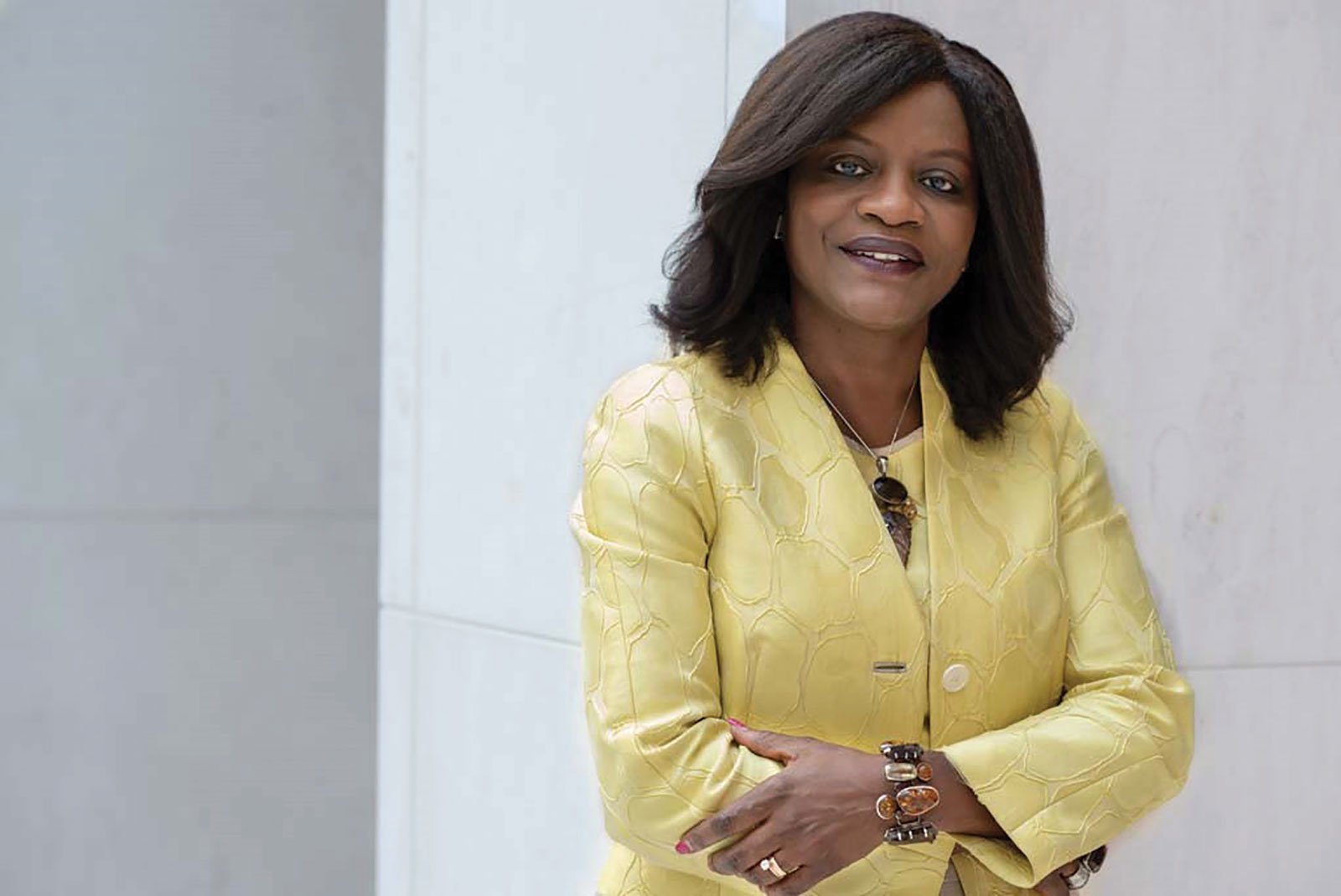Countries are advancing efforts to stop criminals from laundering their trillions
Al Capone had a problem: he needed a way to disguise the enormous amounts of cash generated by his criminal empire as legitimate income. His solution was to buy all-cash laundromats, mix dirty money in with clean, and then claim that washing ordinary Americans’ shirts and socks, rather than gambling and bootlegging, was the source of his riches.
Almost a century later, the basic concept of money laundering is the same, but its scale and complexity have grown considerably. Were Capone alive today, he would have to run his washers and dryers around the clock to keep pace with demand; the United Nations recently estimated that the criminal proceeds laundered annually amount to between 2 and 5 percent of global GDP, or $1.6 to $4 trillion a year.
Threat to stability
Money laundering is what enables criminals to reap the benefits of their crimes, including corruption, tax evasion, theft, drug trafficking, and migrant smuggling. Many of these crimes pose a direct threat to economic stability. Corruption and tax evasion make it difficult for governments to deliver sustainable and inclusive growth by diminishing the resources available for productive purposes, such as building roads, schools, and hospitals. Criminal activity undermines state authority and the rule of law while squeezing out legitimate economic activity. And money laundering may create asset bubbles in markets like real estate, a common vehicle.
A recent example illustrates the point. A Guinean minister helped a foreign company obtain important mining concessions in exchange for $8.5 million in bribes. Falsely reporting that money as income from consulting work and private land sales, the minister transferred it to the United States and bought a luxury estate in New York. But his effort to turn ill-gotten gains into a seemingly legitimate asset was ultimately unsuccessful; last year, he was convicted of money laundering.
In some ways, expensive homes are the modern mobster’s collection of laundromats. A public advisory issued by US authorities last year indicated that over 30 percent of high-value, all-cash real estate purchases in New York City and several other major metropolitan areas were conducted by individuals already suspected of involvement in questionable dealings. The governments of Australia, Austria, Canada, and other countries have concluded that their own real estate markets could also be used to invest and launder dirty money.
Terrorism financing
More worrying still, dirty money—along with clean—may be a source of funding for terrorism and the proliferation of weapons of mass destruction. Terrorist groups need money, lots of it, to compensate fighters and their families; buy weapons, food, and fuel; and bribe crooked officials. Similarly, proliferation does not come cheap. For example, North Korea has reportedly devoted a substantial portion of its scarce resources to developing nuclear weapons.
Countries with weak anti–money laundering and combating the financing of terrorism (AML/CFT) regimes could be called out by the Financial Action Task Force (FATF), a global standard-setting organization. Once countries come to be viewed as vulnerable to illicit financial flows, their banks may face long-term reputational damage, costly demands for additional documentation on the part of international business partners, and the loss of correspondent banking relationships. This may marginalize already fragile economies, threaten remittance channels and foreign direct investment, and drive financial flows underground. So ignoring AML/CFT or delaying related reforms is no longer an option.
Thankfully, this message is starting to resonate. Under the leadership of the FATF, and with the support of the IMF, United Nations, World Bank, and other stakeholders, almost every country has criminalized money laundering and terrorism financing and established a legal framework to freeze terrorist assets.
But this work is far from finished. Whether because of lingering legal and institutional loopholes or innovation on the part of criminals (or both), there is no shortage of money laundering scandals in the news. As a case in point, investigators are currently probing the possibility that the better part of $233 billion in payments was laundered through the Estonian branch of Danske Bank from 2007 to 2015.
Financial technology
Rapidly developing financial technology has further complicated the picture. Mobile money transfers, distributed ledgers, and virtual currencies have legitimate and productive uses but can also be used to conceal or facilitate criminal activity. Put another way, nearly cost-free consumer payments and nearly untraceable ransom payments are two sides of the same (Bit)coin.
So how should countries prioritize their response to this evolving and globalizing challenge?
First, they should heed the FATF’s call to understand and address the threats that stem from changing technology, but should do so without stifling financial innovation and inclusion. The objective should be to increase transparency—to know who is behind financial transactions, where, and for what purpose—without unduly increasing transaction costs or driving financial flows underground.
Second, they should remove legal and practical barriers to international cooperation. Detecting money laundering and terrorism financing requires both safeguarding and sharing financial intelligence, and deterring criminals requires following the trail of dirty money or money intended for nefarious purposes, wherever it leads.
Finally, they should continue to strengthen the effectiveness of their efforts to mitigate identified risks. Whether national AML/CFT laws are perfect or not, beyond laws on the books, consistent (and persistent) implementation is critical to achieving durable results.
Ukraine, Libya
Given its mandate to preserve economic stability and financial integrity, the IMF maintains an extensive AML/CFT program, which includes active participation in international efforts to raise awareness of the threat and generate effective responses, along with the provision of advice and know-how to over 100 of its members—and counting.
What are some examples of these efforts? To name just a few, in Ukraine, we are working with national authorities to prevent banks from being misused by corrupt officials. As a result, regulatory sanctions for AML/CFT violations are increasing and the reporting of suspicious transactions is on the rise, yielding a significant number of corruption investigations and prosecutions of high-level public officials.
In Libya, we helped the authorities craft a new AML/CFT law that criminalized terrorism financing and established the legal basis for the imposition of sanctions against recognized terrorists.
And in the Caribbean, where the withdrawal of correspondent banking relationships is a critical concern, we convened international banks and their local counterparts to foster bilateral cooperation in addressing information gaps and meeting regulatory expectations. One global bank that had left the region has now decided to reestablish ties with some local banks.
The IMF is committed to helping its members identify today’s dirty money laundromats—and close them down. The stakes have never been higher.
Opinions expressed in articles and other materials are those of the authors; they do not necessarily reflect IMF policy.








